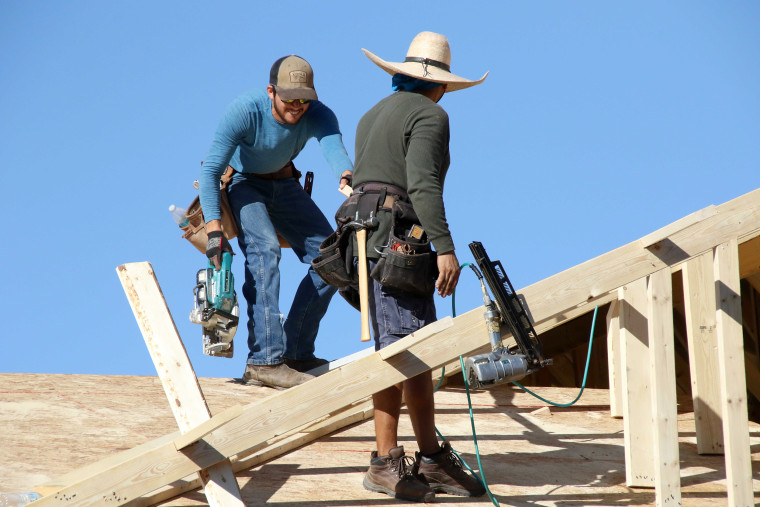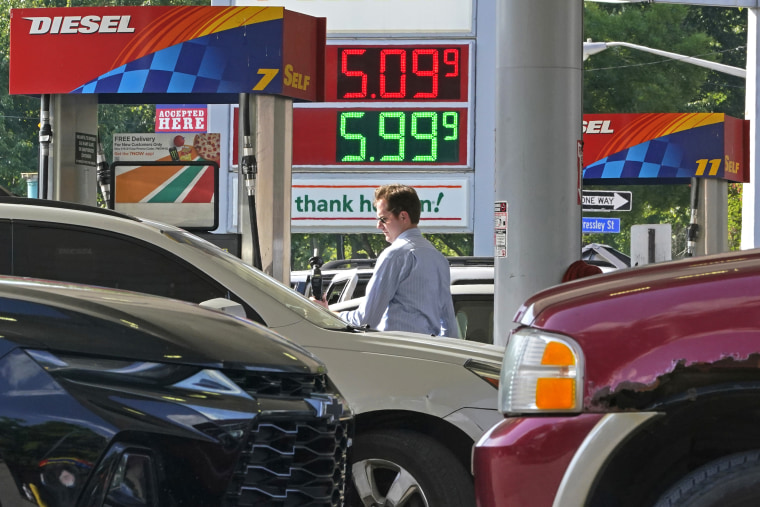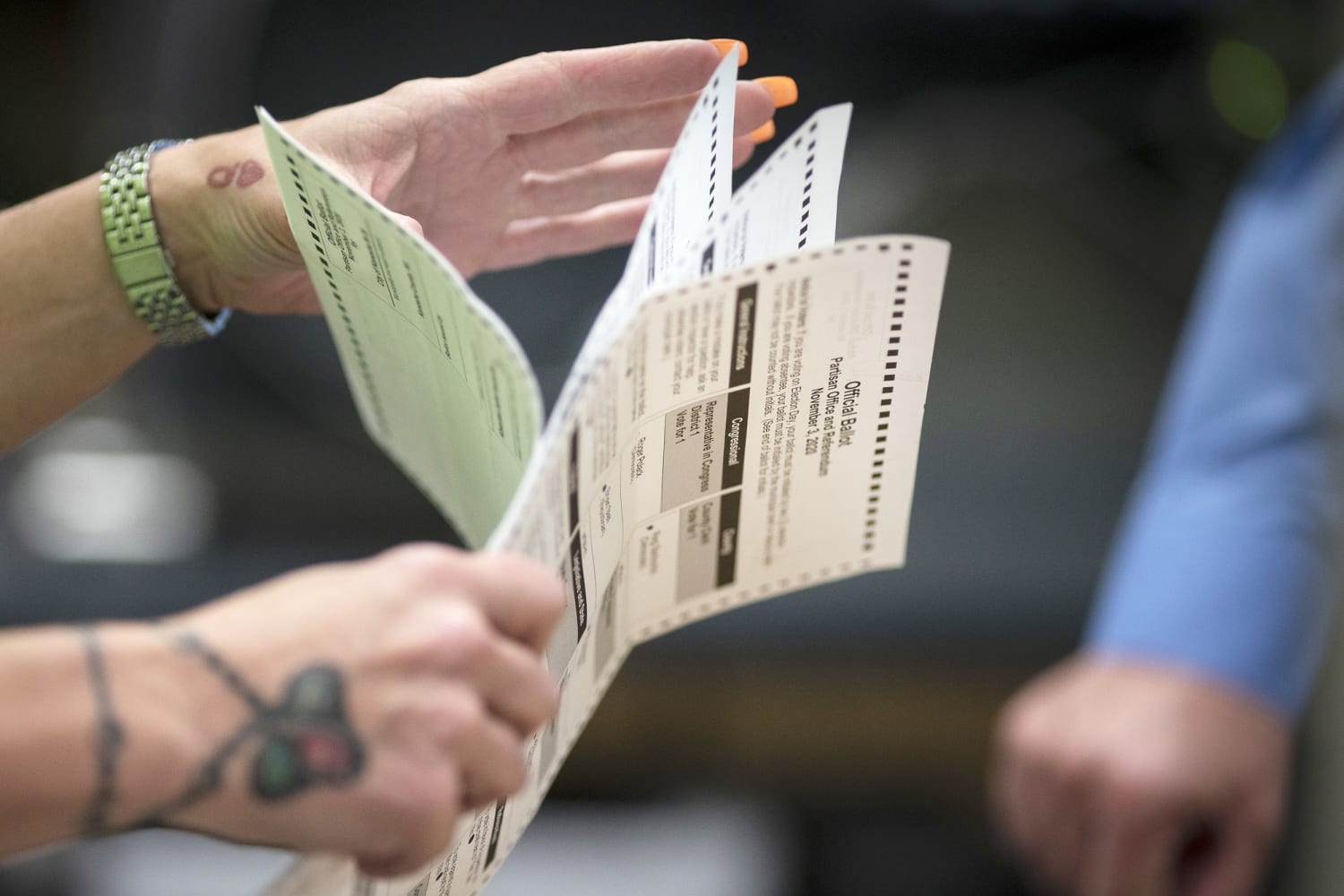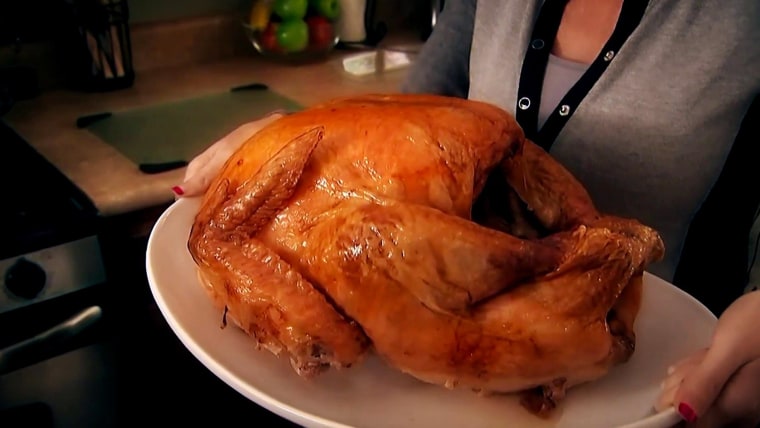It’s no secret that midterm voters are fixated on inflation. In an NBC News poll of registered voters last month, economic concerns beat out every other issue.
That’s as true in this year’s electoral battlegrounds as it is in areas with much less competitive races. But in the handful of states that will decide control of the Senate and that have tight governor races, differing economic conditions mean voters may weighing a different mix of priorities. Recent data from three swing states — Wisconsin, Arizona and Pennsylvania — sheds light on the varying economic pressures that might influence choices at the ballot box.
Wisconsin: Food
In Wisconsin, where Democrat Mandela Barnes is vying to unseat GOP Sen. Ron Johnson and Democratic Gov. Tony Evers faces Republican challenger Tim Michels, the job market is hot. Unemployment sat at 3.2% in September, lower than the national rate of 3.5%. But inflation remains a big concern and, relative to the rest of the country, Wisconsinites may be feeling the squeeze more at the supermarket than at the pump.
Gas prices in the state have recently come down to an average of $3.60 a gallon, compared to $3.76 nationally, after this summer’s nationwide surge. Other necessities remain pricey, though, particularly food. Wisconsin’s metro areas aren’t big enough to be broken out in federal data, but food prices in the Midwest have risen by 12.7% over the last year, compared to 11.2% nationally. In Milwaukee,milk prices averaged $5.26 a gallon in October — 32% higher than last year and well above the $4.41 national average.
The issue has featured prominently in Wisconsin’s Senate race, with Johnson accusing Democrats of policies that are “making it difficult to put food on the table” and Barnes cutting an ad at a grocery store calling out the costs of milk and beef.
In Eau Claire, Wisconsin, the Feed My People Food Bank said the number of families seeking assistance has doubled since the beginning of the year. Many food banks across the country have also seen demand rise, but in some of the unincorporated rural towns that Feed My People serves, the bank’s distribution truck has sometimes attracted lines of over 100 cars, organizers say.
“Takes your breath away,” said Suzanne Becker, the food bank’s executive director. “That’s a lot of families who are needing to line up and get food.”
Arizona: Housing
Arizona’s unemployment rate is 3.7%, a bit higher than the national rate of 3.5%. But for state residents set to decide tight races between Democratic Sen. Mark Kelly and GOP candidate Blake Masters, and a face-off for governor pitting Republican Kari Lake against Democrat Katie Hobbs, housing may play an especially big role.
Inflation overall is running high for many Arizonans. This summer saw a 13% jump in prices in the Phoenix area compared to last summer — faster than the national pace of 8.2% and outstripping any other major U.S. metro area surveyed by the Bureau of Labor Statistics. And after a pandemic-era population bump, housing is a big part of that story. Redfin data showed Phoenix gaining about 80,000 new residents in 2020, the biggest net inflow of any metro area at the time.

The surging demand sent Phoenix home prices 17% higher in August than they were a year ago, according to S&P Dow Jones Indices. With plenty of would-be homebuyers locked out of the market, many are remaining tenants in the city’s tight rental market, where government data shows rents have risen 21% over the last year.
When Himanshu Patil was asked to renew his apartment lease, the Arizona State University grad student was shocked to see a 45% jump in his rent.
He signed anyway. Patil’s job at a Phoenix-based semiconductor company helps him make ends meet, but he says a 3% to 4% bump in pay barely blunts the impact of rent inflation. With everything else getting more expensive, he feels pinched.
“I have a MS degree and nice job and I still feel that way,” Patil said in a text.
As in many parts of the country, rising rents have forced many lower-income residents out of their homes, often with few affordable options. But Arizona’s housing crunch is exacerbating the problem there.
“We have seen probably one of the worst housing crises in the last couple of years that I’ve seen in my career,” said Mike Shore, president and CEO of HOM Inc., an Arizona-based company that operates rental assistance and voucher programs to help unhoused people find permanent homes.
Shore says more of the people seeking his group’s help lately have income and jobs, unlike in previous cycles when job losses were the root of housing instability.
“The wages don’t keep up with the pace of inflation on the rent side,” he said, adding that many working families are tapping the organization’s housing programs for the first time. HOM said it assisted 4,131 households in permanent supportive housing units as of October, a 48% jump from pre-pandemic levels.
Concerns about rising homelessness have put a spotlight on housing issues in the governor’s race, with Lake and Hobbs trading barbs over how they would respond. The number of unhoused people in Arizona has risen 35% since 2020, according to a Maricopa Association of Governments report earlier this year.
Pennsylvania: Jobs
Inflation is also an issue in Pennsylvania, where a tight Senate race between Democrat John Fetterman and Republican Mehmet Oz is entering the homestretch, and GOP candidate Doug Mastriano and Democrat Josh Shapiro are competing for the governor’s mansion. Prices in the Philadelphia area rose by 8.1% between this August and August 2021, about on par with the rest of the country. Pennsylvania’s strong labor market also appears similar to the story nationally, with both the state’s and the country’s unemployment rates back to or below pre-pandemic levels as of September.
But even though Pennsylvania’s unemployment remains a bit higher than the national average — 4.1% versus 3.5% — hiring appears to be slowing down more sharply.

The state had one of the sharpest drops in the rate of job openings from June to July, even as American employers steadily looked to fill about 11 million positions. One company starting to ease up on hiring is PGT Trucking, a western Pennsylvania-based company that deploys its fleet of flatbeds to transport various industrial products across the country.
“We definitely are not being as aggressive in our postings because of the uncertainty that we think is there,” said PGT Trucking President Gregg Troian, adding that the company may stop hiring altogether if there’s “more deterioration.”
Like many employers, PGT Trucking tries to match its headcount with the expected demand for its services. Troian said freight volumes have “diminished” but remain at levels where his business still has to turn down contracts — a reality he’s willing to stomach for now, rather than hire aggressively to confront.
Troian’s caution reflects a trend that Federal Reserve officials likely anticipate nationwide as they raise interest rates to slow down inflation — most recently with another 0.75% hike on Wednesday — even though doing so risks driving up unemployment.
So far, PGT Trucking isn’t planning any layoffs, putting it roughly in line with the national labor market, where workers are still generally able to pick and choose opportunities. That leverage has added momentum to the labor movement across the country — and helped make unionization a campaign focus in Pennsylvania, where 12.9% of workers are union members, compared to 10.3% nationally.
Source: | This article originally belongs to Nbcnews.com










